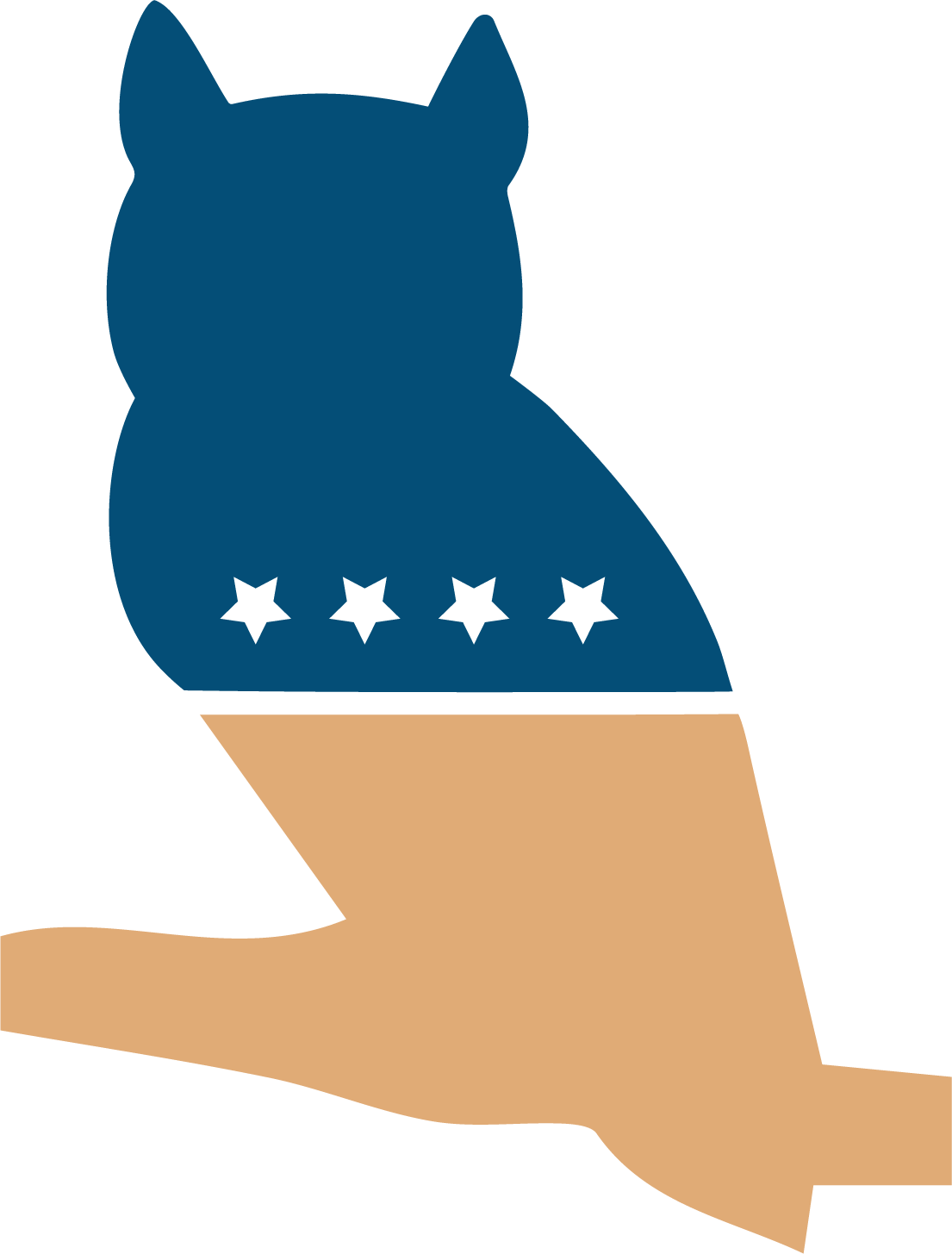The Olde Buff and Blue
“As people are walking all the time, in the same spot, a path appears.” (John Locke)
According to British author John Timbs in “Things Not Generally Known, Volume 4” (published posthumously in 1880), the original Whigs in England had adopted “the olde Buff & Blue” as their colors by sometime around the middle of the 18th Century. Before that their color had been buff alone -- a shade of brown, named for buffalo leather -- which represented sturdiness.
Blue, which had been established as the color of fidelity in France centuries earlier, was officially adopted by the bitter rivals of the Whigs, the Tories, sometime in the 1600s. Despite that, by as early as 1715 the diehard Bishop Burnet was referred to as a “true blue Whig” upon his death, and by mid-century the combination of buff and blue was widely associated with the Whigs.
By the time of the Revolution in America, the buff and blue had become universally understood to represent resolve and faithfulness to a cause. If for no other reason, that would have been enough for the adoption of the colors by the Continental Army. Plus, of course, George Washington loved the look.
But there was more to it than aesthetics and symbology. The Whigs of the late 18th Century advocated constitutionalism, legislative supremacy over the Crown, religious liberty, natural rights, the separation of powers, due process and property rights -- the very foundation of what would become the American experiment. The adoption of the colors went hand in hand with the adoption of the philosophical line running from John Locke and Adam Smith and Edmund Burke through to the leading philosophical lights of the Revolution: Alexander Hamilton, James Madison, Thomas Jefferson and John Adams.
Turns out once again, as always, George Washington knew what he was doing.
Which brings us to the current day. As longtime Modern Whigs have no doubt immediately noticed, we’ve changed the color scheme of our Whig Owl a little. It’s still the same symbol (and trademark), but rather than the red, white and blue of its original design from its days as a party banner it’s now in the traditional, time-honored Whig colors.
There are a couple reasons for the change. One is to distinguish the Modern Whig Institute from the political party which preceded it. Part of the justification for that is compliance with the spirit of the law as well as its letter, and part of it is to make clear what we’re doing -- while built on the foundation of all the founders of our old party accomplished -- is something new and independent.
But mostly it’s to claim our place in the line as the long Whig tradition continues. We often say we’re informed by the past and inspired by the future, but there’s no denying our principles and values are ancient ones whose origins and validity we can trace back through the centuries to our antecedents. They course through us as thoroughly as our very blood. It would have been hard to not adopt the colors at this point in our movement.
So now we begin a new endeavor, as always carrying the experience of the past forward with us. This Institute, like the country it serves, is a work in progress. But it’s not one we start blindly, just afresh. What we do here will be part and parcel of what we have done before, and what those before us have done as well, with the very determination and faithfulness “the olde Buff & Blue” has always represented. If you have not already, we hope you will join us.
Kevin J. Rogers is the executive director of the Modern Whig Institute. He can be reached at: director@modernwhig.org

